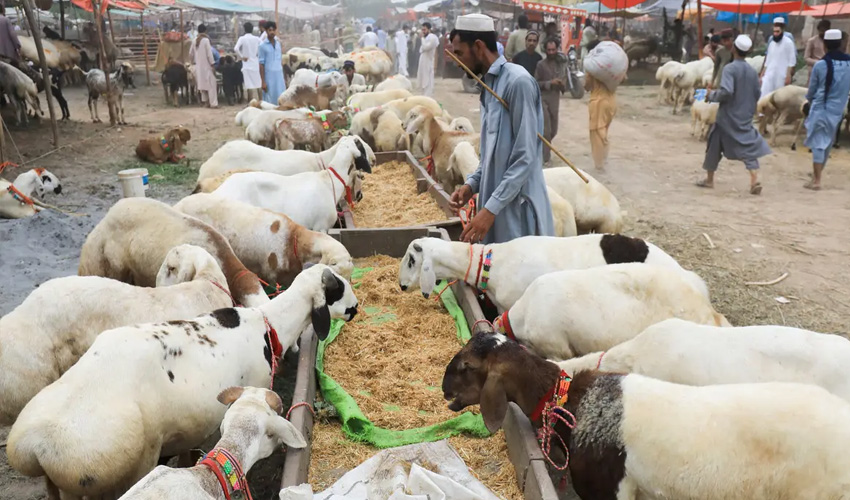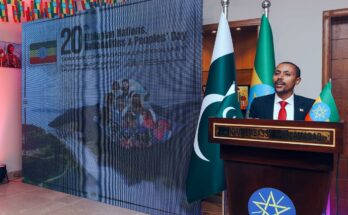Eid al-Adha, which is celebrated by millions of Muslims around the world, includes the practice of animal sacrifice, following the example of the Prophet Ibrahim.
In Pakistan, preparations for the event begin a month in advance. As the day approaches, children look forward to bringing their pets for sacrifice, showing their commitment to this tradition.
Some wealthy people even make their own livestock farms to raise cattle all year round and sell them before Eid. As a result, it became customary to sell sacrificial items.
Like many commodities affected by inflation, the cost of sacrificial animals has increased. As Eid approaches, these prices usually increase by 20-30 percent, affecting the purchasing power of consumers.
Animals sacrificed in Pakistan are goats and cows in accordance with the Sunnah of Prophet Ibrahim (PBUH). While some people choose to raise and sacrifice animals, others donate to mosques or charities and receive meat instead.
A goat is the price of a sheep
Last year, a good goat that produced about 25 kg of meat cost between 40,000 and 60,000.
However, this year the price of the same goat increased from 55,000 to 70,000. In addition, high-value goats, whose price is between 1.25 and 1.5 lira, has increased to $2 million this year, with significant maintenance costs.
Bull levels in Karachi and Lahore
In 2023, an outbreak of skin disease among bulls in Pakistan led to a decrease in supply in the market and higher prices compared to the previous year.
The price of a 3 kg cow is between 120,000 to 130,000 last year and 150,000 to 200,000 this year. Metzits put the price of a piece of beef between 25,000 and 30,000.
Although there are many different sacrificial animals, bulls are a popular choice among Pakistanis because of their size and the fact that the meat is cut into seven parts.
Livestock farms in major cities such as Karachi, Lahore, Rawalpindi and Islamabad cater to the demand for large animals, and some cows in Karachi cost between 5 million and 10 million.





